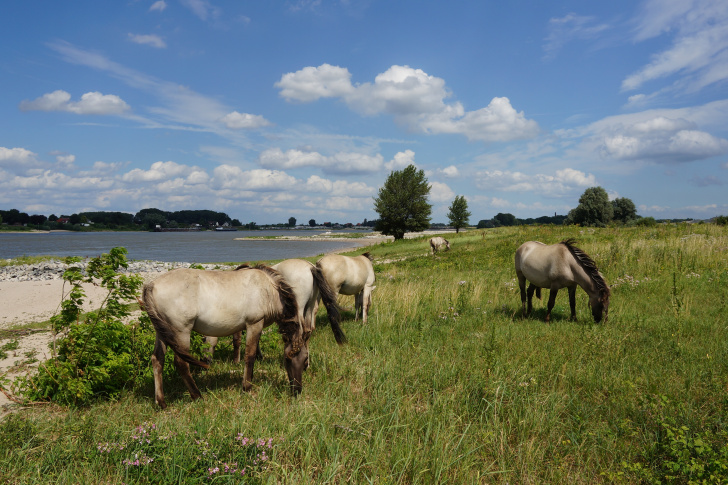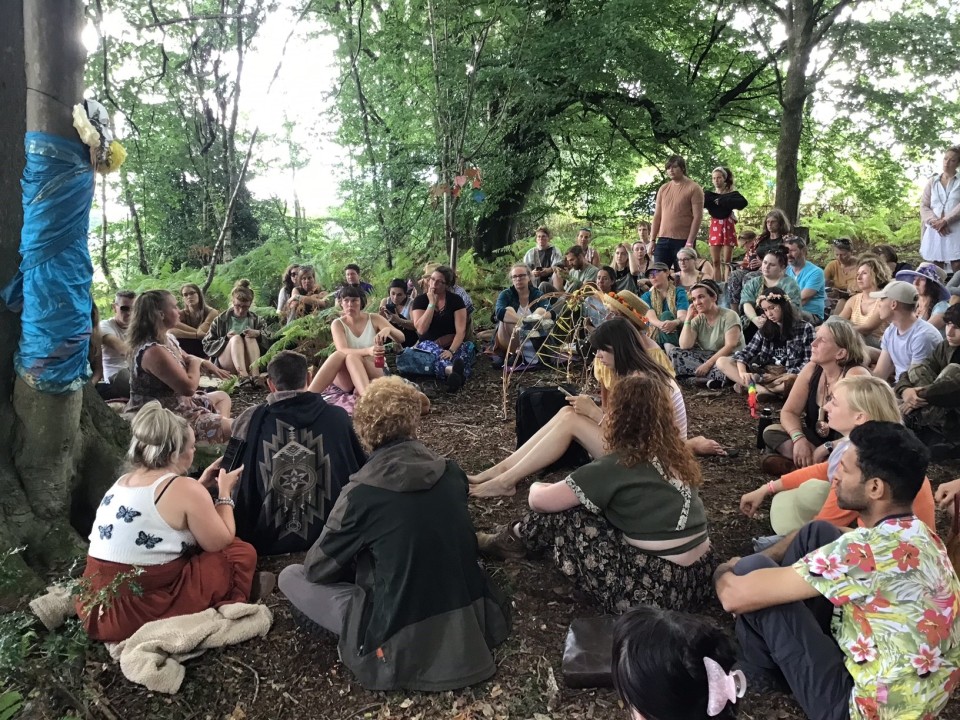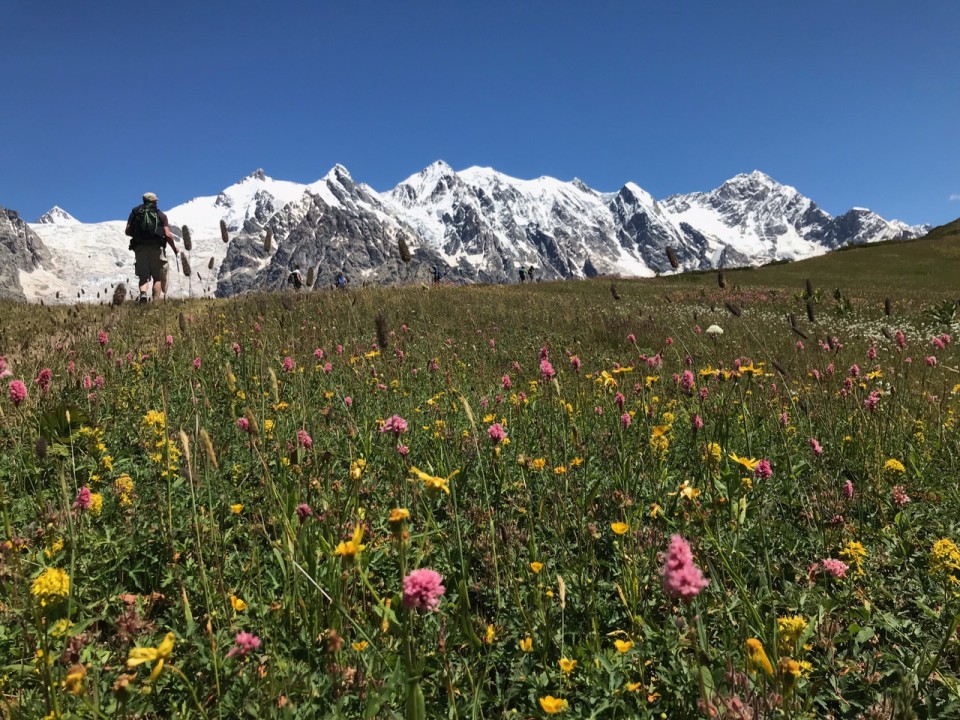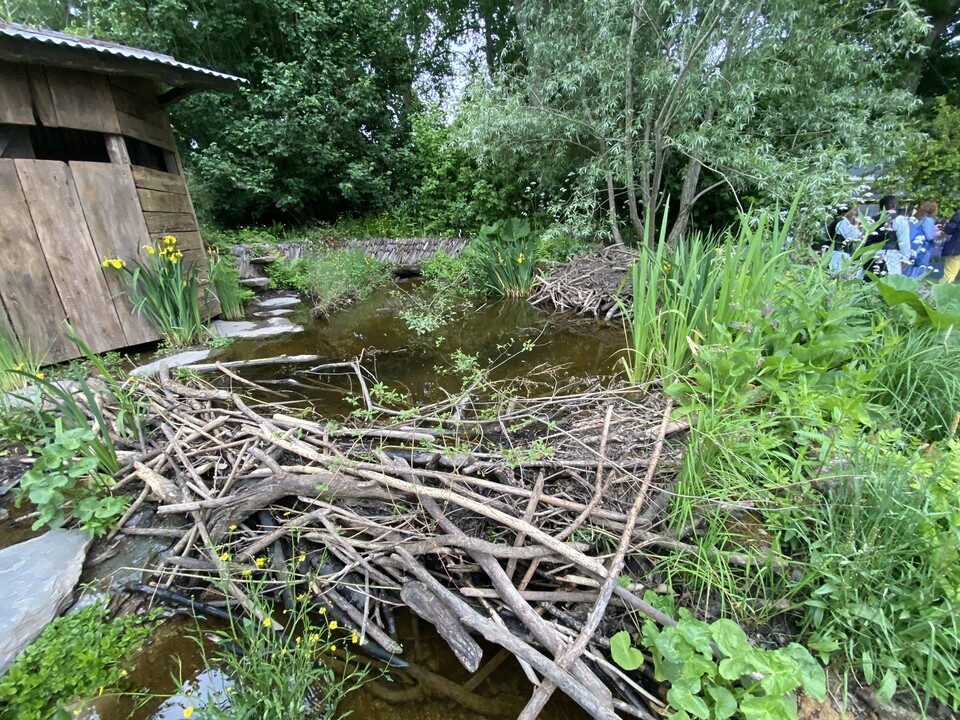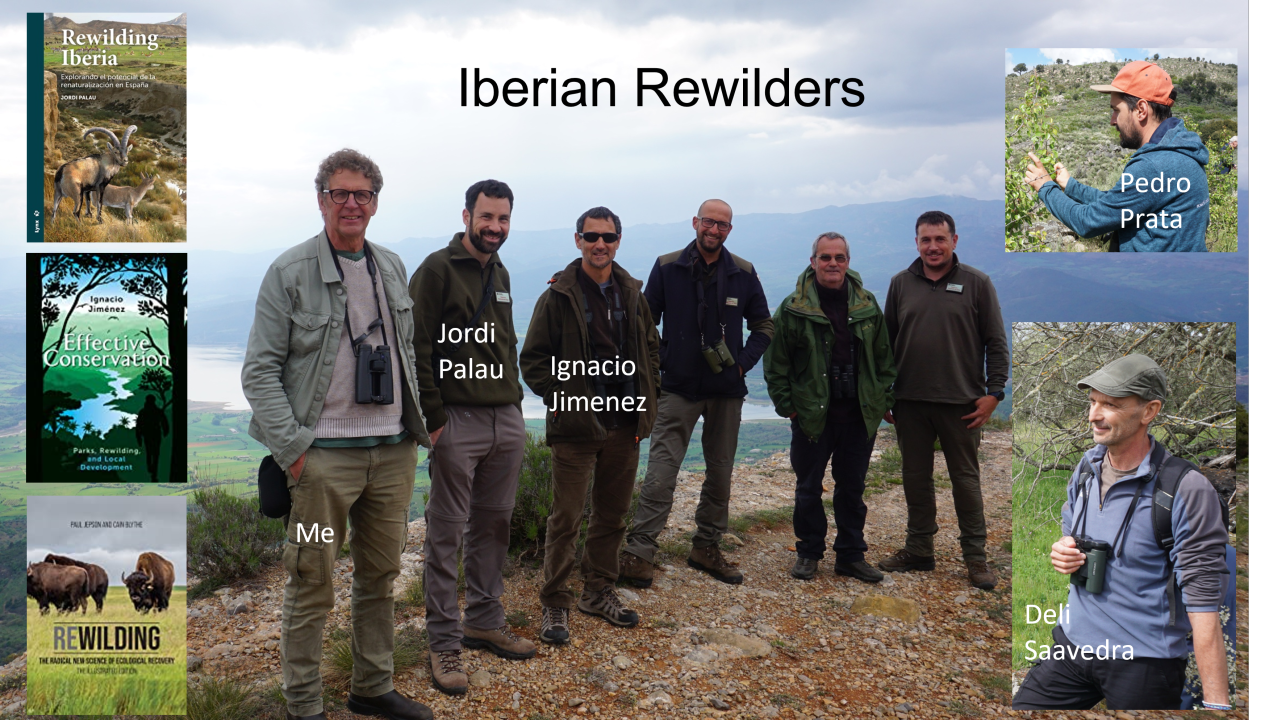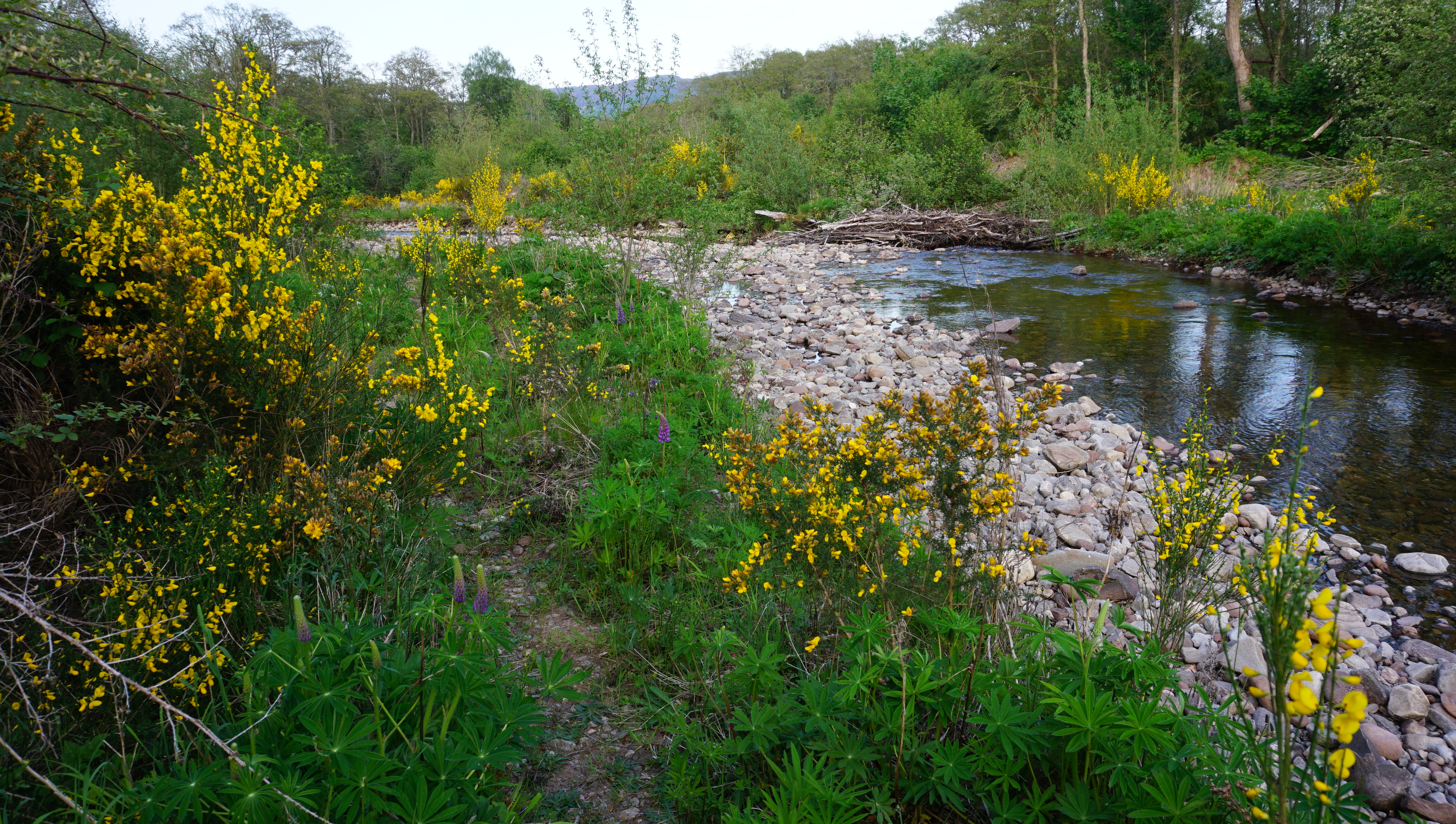Originally published on the Freshwaterblog on 24 June 2016
Back in May I presented a policy brief authored by Frans Schepers of Rewiding Europe and myself to aRewilding Dorset meeting organised by Adrian Newton and Arjan Gosal of the University of Bournemouth. The county of Dorset is located on the South coast of Britain and a system of smallish chalk rivers flow into the natural harbour of Poole. The meeting brought together local conservation groups to ask: could we do rewilding and would we want to?
Our brief outlines seven emerging rewilding principles. One of these is the principle of “moving up a scale of wildness within the constraints of what is possible”. I like this principle because it is inclusive. From the perspective of ecological function many of our landscapes are in poor shape and this principle invites everyone to engage with rewilding, not just for those living or working in wilder landscapes.
At the meeting Fiona Bowles, presented the ecological restoration work of the Poole Harbour Catchment Initiative (PHCI) and outlined some of the obstacles they face in the efforts to restore river dynamics: the noise of a weir being legally designated as ‘heritage’ was one of the more absurd! At the end of her presentation she commented that based on what she’d heard the PHCI was already doing rewilding.
This suggestion troubled me. The work Fiona described was great but it hadn’t struck me as rewilding. On the one hand it flagged the prospect of the ‘move up a wildness scale’ principle being adopted to rebrand business-as-usual. On the other hand I am aware that restoration is writ large in the Water Framework Directive and that concepts of living rivers, ‘renaturation’ of small rivers, wetland restoration and practices of restoring fish migration, removing dikes etc. were influential in the rise of rewilding ideas. There are loads of such initiatives along the Rhine, Meuse, Danube, Oder, Elbe, Loire, Allier. Could it be that river managers have been rewilding for years but their work isn’t recognised as such?
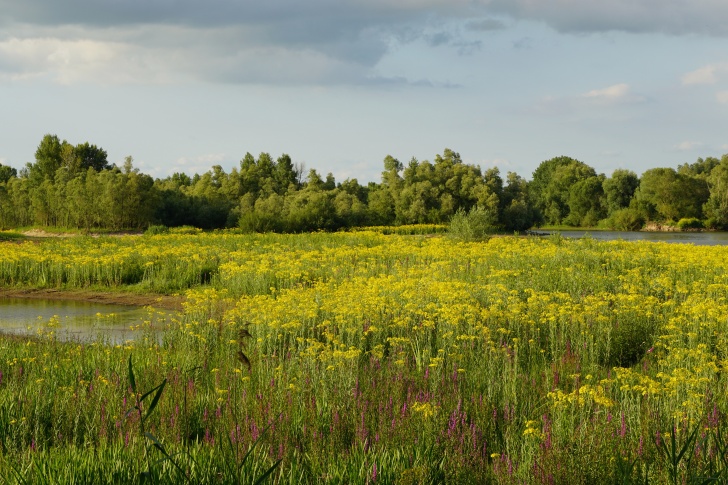
Rewilding Millingerwaard. Image: Twan Teunissen/ARK Nature
I mentioned these ponderings to Freshwater Blog editor Rob St John who confirmed that river managers are always trying to improve degraded freshwater conditions but rarely, if ever, refer to this as rewilding. The question he put to me was: what does rewilding do (or imagine) that river restoration doesn’t?
In this blog I will attempt an answer. I am conscious that my knowledge of aquatic biology, freshwater conservation and river management is limited so this is a preliminary answer and offered up in the spirit of promoting discussion and reflection. My hope is that it might lead to a collective view on the extent to which restoration as guided by the WFD equates to rewilding.
Millingerwaard in the Netherlands sets a benchmark in my mind for what constitutes river rewilding. I visited the area a number of times with my students as part of rewilding study tours. For me it was an eye-opener in terms of conservation ambition and vision and a river restoration project radically different from anything I had seen previously.
One difference was the link between river restoration and high-level policy, in this case flood protection and climate adaptation. The River Waal was experiencing higher peaks flows and needed more space. The rewilding solution was to remove the summer dykes, peel of the unnatural clay layer to restore the old river morphology, reintroduce beavers and two big grazers (konik ponies and Galloway cattle) and let the area go. However, this necessitates the removal of the huge volume of clay that had built up behind the summer dykes.

Construction work at Millingerwaard. Image: Twan Teunissen/ARK Nature
The Millingerwaard solution was to do a deal with a brick company and allow the pace of restoration to be determined by the market and capacity of the factory. For me this connection between ecology and wider policy – climate change, flood management, new nature-based economies and so forth – is part of what makes restoration rewilding. In The Netherlands, now every brick that is being produced and sold is contributing to river rewilding, as it became a common policy that clay extraction in river floodplains is only allowed if it contributes to both river restoration and flood protection.
Johan Bekhuis, of Ark Nature Foundation, hosted our visits and introduced us to river restoration rewilding style. One of his stories has stuck with me, perhaps because it epitomizes the ‘restore the dynamics and species will rebound’ ethos of rewilding. Johan told how the black poplar (Populus nigra) was super-rare in the Netherlands until they started excavating the old river meanders which led to an abundance of black poplar seedlings appearing.
They realized that by restoring the river braids they were also restoring warm lapping water conditions and these were the conditions poplar seeds – carried down from Germany – needed to germinate. The same principle applied for other plant and insect species that had become extinct in the Netherlands but were present in the upper catchment and suddenly found a habitat to settle and reestablish.

New habitats at Millingerwaard. Image: Twan Teunissen/ARK Nature
This story illustrates another key distinction – restoration becomes rewilding when river engineering interventions are design to restore dynamic process rather than pre-specified conditions and outcomes. From this perspective rewilding is easy to distinguish from restoration in retrospect because it will have generated unexpected outcomes that extend knowledge or unsettled images of what a river is. For instance until I visited Millingerwaard, I thought European rivers had banks and that beaches and dunes were confined to the coast! This pleasant unsettling, the realization that river landscapes could be better than what we have, captures the hopeful ethos of rewilding.
It perhaps also expresses the rewilding challenge for river engineers: designing dynamic restoration projects that produced the unexpected and accepting that outcomes may not always be desirable. In practice this probably means engineering designs that create the ‘rough’ starting conditions for the river and its dynamics to then shape the landscape, rather than being two technical and specific on designs that deliver certain habitats, species and/or conditions.
Another difference from the river restoration projects I knew and had been involved in was the relaxed – and in many ways radical – attitude to recreation in the restoration area. Millingerwaard is located on a circular cycle route serving the city if Nijmegen and the project facilitated a community wilderness café, a beautiful tea garden and other successful enterprises to encourage visitors.

Cyclists in the river meadows at Millingerwaard. Image: Twan Teunissen/ARK Nature
Unlike many reserves in Europe there are no signs specifying routes and rules of behavior. People are free to do what they want and this seems to be working out just fine. Perhaps because most people worry about getting lost, or wet feet trails quickly formed and were followed by the majority. In addition because clay extraction and recreation commenced simultaneously the footpath routes are emerging in interaction with people and commerce. I was one of the ones who ‘went in’ and it was a wonderful primordial nature experience. I saw beaver but got scratched and muddy and felt the fear when I encountered a herd of wilded cattle occupying the high ground I needed to traverse.
George Monbiot termed such experiences “rewilding the self” and argued that as our societies become ever more regulated and efficient citizens need and seek out opportunities to reclaim our authenticity as human beings. The rise in popularity of wild swimming can be understood as a manifestation of this sense of entrapment. Such ideas capture two additional factors that for me characterize river rewilding – an effort to interact with trends in society and culture and to create (or recreate) opportunities for citizens to choose how they wish to engage with landscapes and nature. Within reason of course!
So when is river restoration rewilding? I suggest it is when restoration focuses on restoring abiotic dynamics, restores trophic flows (e.g. fish migration) and levels (e.g riverine herbivores), embraces uncertainty, re-connects the river with wider policy and societal trends and unsettles. Or maybe it’s just a feeling – when those involved with a restoration project feel they are pushing the boundaries and re-imaging the possible.

